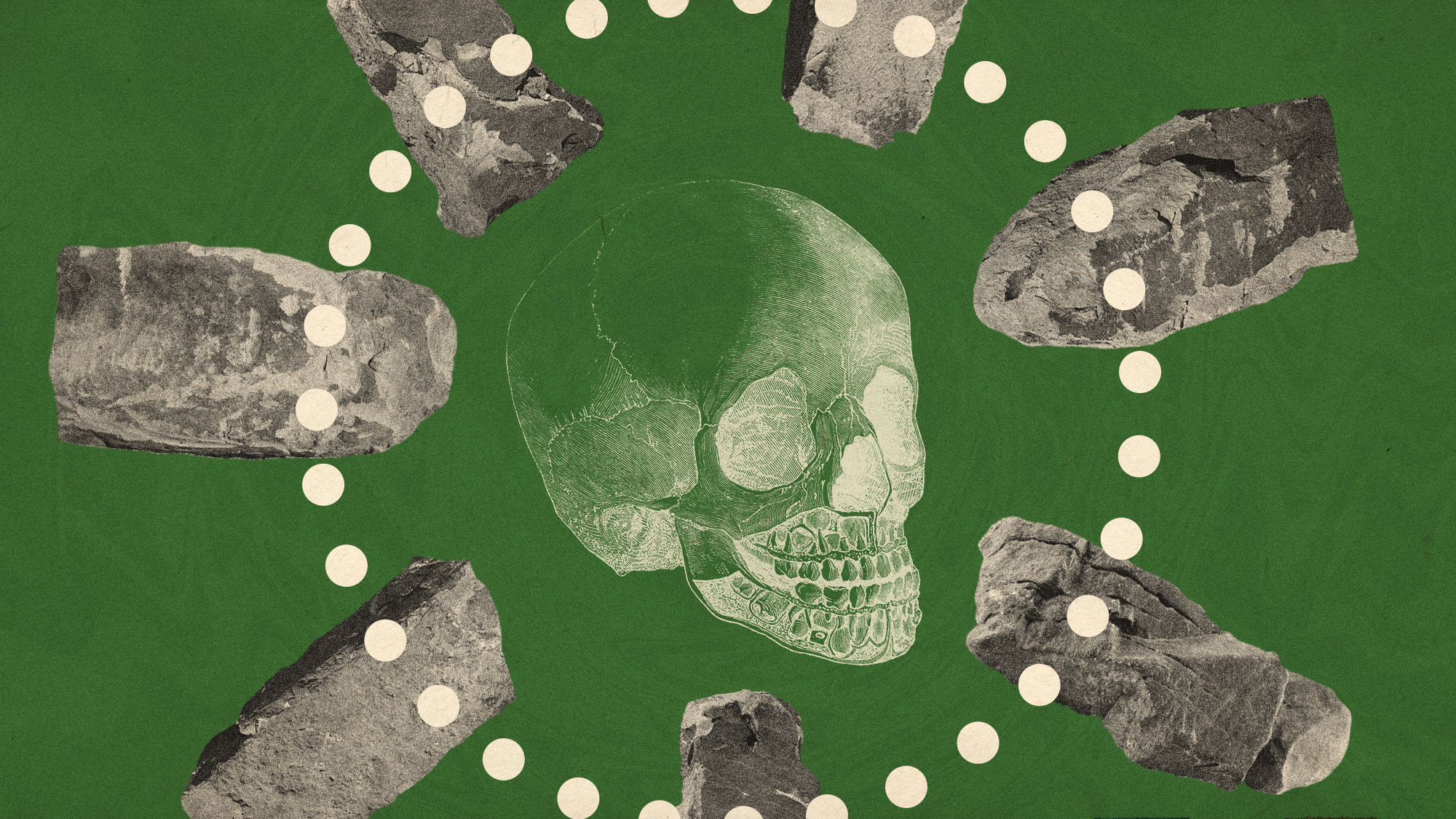Play all audios:
Dozens of stone circles discovered by chance have been identified as grave markers used to indicate the remains of children in Bronze Age and Iron Age Norway. Archaeologists from
Norway's Museum of Cultural History were utterly "mystified" when they first came across the stone circles at a site in Fredrikstad, around 50 south of Oslo last autumn, said
Live Science. 'METICULOUSLY CRAFTED' A series of intricate stone circles, which measure up to six feet across, were placed together like street cobblestones but were buried a few
inches below the surface. The circles were placed around a large, central stone. SUBSCRIBE TO THE WEEK Escape your echo chamber. Get the facts behind the news, plus analysis from multiple
perspectives. SUBSCRIBE & SAVE SIGN UP FOR THE WEEK'S FREE NEWSLETTERS From our morning news briefing to a weekly Good News Newsletter, get the best of The Week delivered directly
to your inbox. From our morning news briefing to a weekly Good News Newsletter, get the best of The Week delivered directly to your inbox. The graves at the "unique burial site"
were "meticulously crafted", said Popular Science, with each stone "sourced from a different location and precisely placed". "They've lain here as a secret
until we found them", museum archaeologist Guro Fossum told Science Norway, adding that the team "uncovered one after another" and ultimately found 41 of the round stone
formations. New analysis has revealed that almost all of the burials contained children who died between 800 and 200 BC, during the transition from the Nordic Bronze Age and Iron Age. Many
of the children were babies, and others ranged from three to six years old. Experts are now trying to piece together the wider story behind the discoveries. 'BURNT BONES' The area
surrounding the ancient graveyard is dotted with rock carvings that describe voyages and sun worship, according to the museum. It was common to cremate the dead on pyres and either bury or
scatter any bones that remained. A flat layer of stones in a spiral or wheel pattern was often built over the cremation site, but the site at Fredrikstad is unusual because the graves
"are very close together", Fossum said. "They must have been in an open landscape, with thoroughfares nearby", so "everyone would have known about them".
Cooking pits and fireplaces around the site "suggest that gatherings and ceremonies were held in connection with burials". How the children met their deaths is also still open to
question, but the evidence shows that the burial site was "used over a long period", said Fossum, "so they couldn't all have died in the same natural disaster or outbreak
of disease or epidemic". Infant mortality was "undoubtedly high at the time", said Indy100 but the experts have no firm explanation for how this mass grave site came to be.
Archaeologists plan to analyse the artefacts from the site, including pieces of pottery. This "can tell us a lot", Fossum said, because "it doesn't appear that all the
vessels were containers for burnt bones" as some were placed between the graves: "We are very curious about what was inside them". Explore More Norway Archaeology

